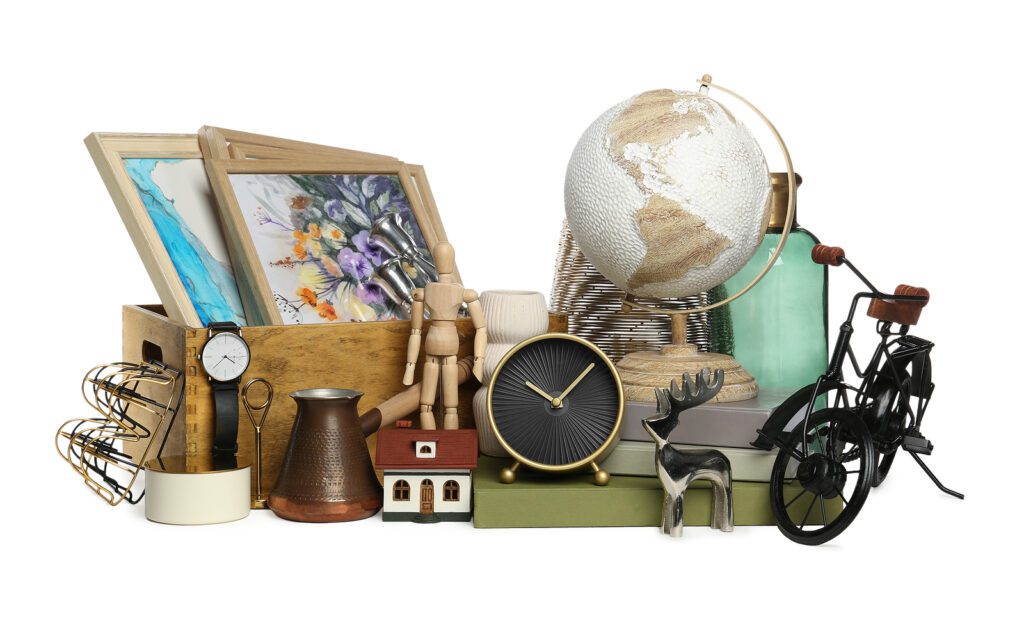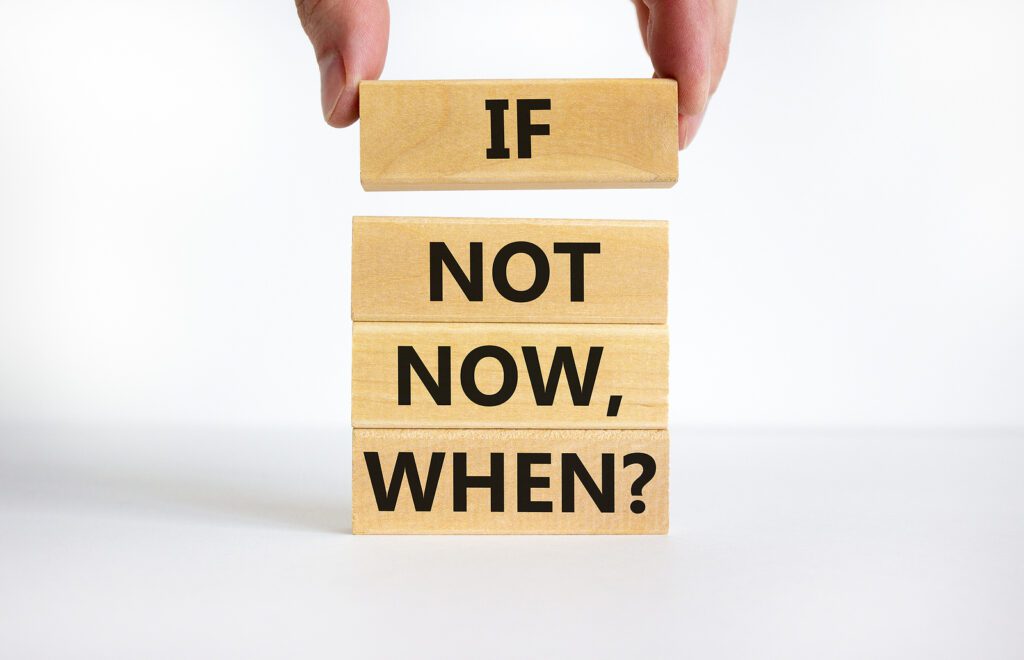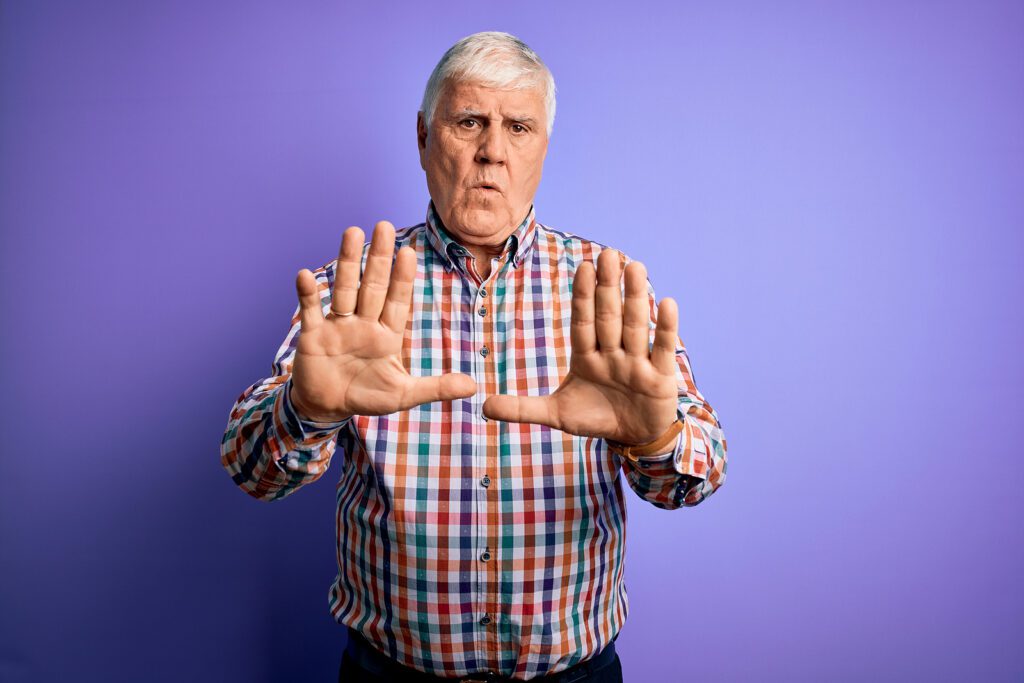Downsizing But Can’t Let Go of Your Stuff? Why We Resist

We’ve all been there. Faced with either the necessity or practicality of letting go of items we’ve acquired during our lives can bring a person to the point of panic.
Many people think it’s only our older population that resists letting go of items, particularly when it’s done in tandem with a major life change, like a downsizing move.
The reality is that it’s an issue experienced by people of all ages. Let’s face it! We like our stuff! But no matter what age you are, being forced to part with what we consider precious items can trigger anxiety, anger, frustration, or even depression.

Emotional Attachment
One of the most common reasons we have difficulty letting go of things is that we create emotional attachments to them of life memories and experiences, both positive and negative.
For instance, if an item instantly reminds you of an ugly marital breakup, you aren’t going to want to keep it around and are most likely happy to dispose of it.
On the other hand, if it reminds you of a beloved parent or partner who’s passed, you’ll probably react with strong resistance.
The truth is, while we may feel otherwise, physical things are not memories. They are simply a trigger. Letting something go isn’t going to erase a treasured memory from your heart or mind.
If you’re a senior downsizing specialist, you work with individuals every day who struggle with this issue. Maybe you’re an adult child who is frustrated trying to support a parent through a downsizing move but you can’t get your parent to listen to “reason” when it comes to letting some of their items go.
In either case, when you encounter resistance, take a step back, re-group, and gather your patience. The good news is there are ways to reach common ground through calm and empathetic communication.

Timing is Everything
Over the past 14 years of helping seniors downsize, I’ve heard pretty much every objection there is. But some are more common than others. Even with the best intentions, most tend to procrastinate when faced with the daunting task of making those hard decisions about what to keep.
A Lifestorage.com blog article, “How to Let Go of Stuff with Sentimental Value”, describes some of these objections perfectly. “Preserving precious memories, anxiety around possibly needing something again down the line, and finding the time to process everything are all valid reasons for feeling nervous about letting go of sentimental items.”
This is part of the reason why I always recommend the purge and disposal decision process be done months, even years before a move is required. In fact, the best time to start, regardless of when you plan to downsize, is now.
Why? Making difficult emotionally based decisions in a short timeline creates unnecessary duress. It often brings even the simplest of decision processes grinding to a halt.
Lifestorage.com’s article recommends getting rid of the easiest items first to make the process easier. For instance, things you know you aren’t using regularly, items you don’t have an emotional attachment to, oversized furniture pieces you know won’t fit in a smaller home, things you have multiples of, and so on.
If you’re moving from a much larger home to one that’s a quarter of the size though, you’ll have a much larger percentage of items to dispose of. So, even if you’ve used an item in recent years, odd are there’s just not enough space to have it fit.

Objections Are Deflections
So what do you do if you’re getting resistance with even the simplest of decisions?
Objections like “I might need it in the future” or “I can’t get rid of that, it was my Great Aunt Sally’s” are mind deflections meant to slow a process down because it makes them feel out of control.
What I’ve learned over the years is that, with the right open-ended questions that are delivered with compassion and patience, a client or family member will often realize their initial resistance is less about needing a specific item and more about their discomfort with change.
Trust me, they aren’t consciously trying to frustrate your efforts. In fact, they are often unaware of the true source behind their emotional resistance.

If you feel your loved one or client has hit a wall on this issue, pull up a chair at the kitchen table, grab a cup of coffee, and start a conversation with them. After all, they’re suffering. It’s causing them anxiety and stress that can be alleviated.
They may feel those around them no longer trust them to make their own decisions. They also don’t appreciate, or welcome, being pushed into a decision when they aren’t emotionally ready.
The second a person smells judgment, irritation, or frustration coming their way, it’s natural to go into a defensive posture. Hello resistance!
Be prepared to gently go beyond the basic objection and ask for “the why”. Often the individual is overwhelmed and hasn’t even asked themselves the deeper questions as to why they are resisting.

It’s All About the Questions
Here are some questions you might ask to get that conversation moving.
Why do they feel they need to keep an item or items?
Every one of us wants to be validated and heard. Let them know you understand that and respect their perspective. But keep asking the “why” questions until you get down to the real issue (they feel overwhelmed, they’re afraid, they’re sad/grieving, it affects their sense of independence, they feel the item empowers them, etc.).
Do these things truly bring them joy or have they lost interest in it over time? If it’s a collection of items, would they be willing to select their favorites and release the rest so others can enjoy them too?
Many times, the issue behind holding onto things is based on the “investment” they made in acquiring it. That could be time, money or the item was difficult to attain. Getting to the bottom of these types of reasons can be illuminating for them, as well as for you.

Do they feel guilty about letting an item go?
Guilt is one of the most common reasons that people hang on to items far longer than they normally would. In many cases, the person gifted didn’t even like the item. But, they felt it was disrespectful to get rid of it because they knew how much it meant to the person who gifted it.
If this is the reason, it’s time to address it and find a way to lovingly release it. I usually remind a client who is struggling with this that the gift was given out of love and affection. Odds are they wouldn’t want the gift to be a burden or create unhappiness or stress.
If the person is still alive, they can either have a heartfelt conversation with the person who gifted it, letting them know they appreciated the gift, but no longer have the space to keep it. Or they can just let the item go and give themselves permission to be at peace. Ask them to reverse the roles. Would they insist that someone keep something if it didn’t bring real meaning and joy into their life?
Do they honestly use the item often enough to make it worthwhile to bring it to their new home?
This is an especially good question to ask someone who is resistant to getting rid of things that have been buried untouched for decades. Using humor can be helpful. Gently remind them that they didn’t even know it existed until you unpacked it minutes before.

How will keeping this item improve the quality of their life in their new home?
As we move through our busy days, we seldom think about an item sitting on a dusty shelf or how it adds to our lives. One of the statistics that I share in my senior downsizing seminars is that research has shown we only use about 15% of the items in our homes on a regular basis.
You can help a person who’s frozen in resistance by showing them how few of their household items they actively use on any given day. It can help reduce the “fear of loss” emotions and potential discomfort that they expect if they let an item go.

It Takes Courage
Above all, giving your client (or loved one) credit for having the courage to let an item go is critical. Many of my clients say the decision to let go wasn’t easy. But they felt freer and happier once it was made. Even more, they felt empowered and wanted that feeling to continue.
Helping them keep their eyes and minds focused on their new home and a joyful future can help keep that decision-making process moving forward, lessening the stress and anxiety for all.
Need more help with the purging process? Check out my step-by-step purging and disposal online video mini-course at The Downsizing Institute. It’s quick, easy, and chock full of tips and resources that will put you in control of your downsizing move. Letting Go of Life’s Treasures: A Downsizing Guide For Purging & Disposal is available here.
Deborah

P.S. Are you thinking about starting a new senior downsizing business? Have questions? I’m happy to help! Sign up for my FREE 20-minute Phone consultation by clicking here!
